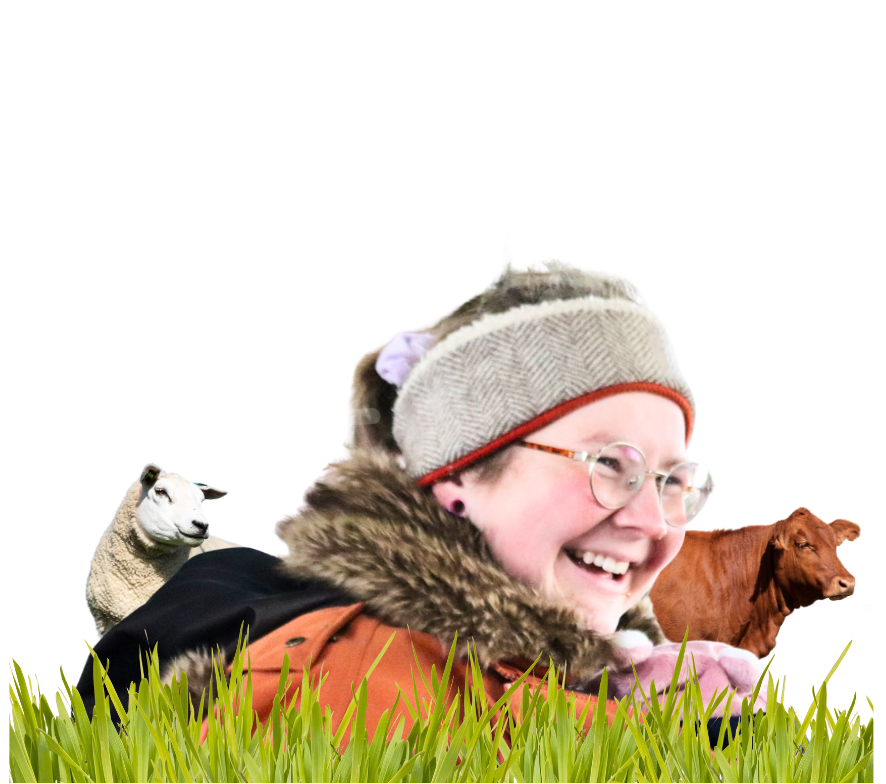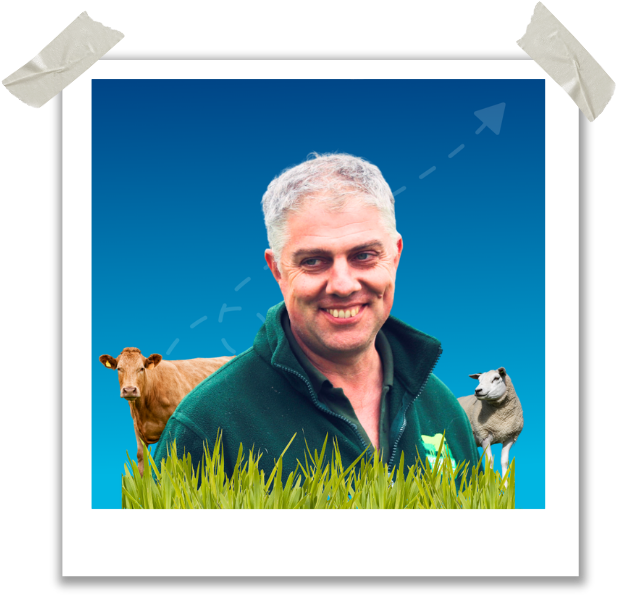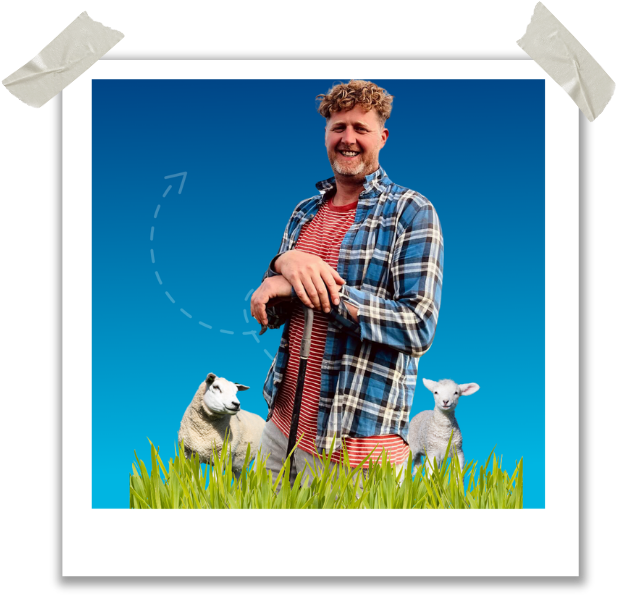FARMER STORY
Zoe Norton
Aungier Livestock Limited, 3 Colchester Road, Bures, CO8 5AE
Zoe and Gary are tenant farmers in Essex and Suffolk.

FARMER STORY
Zoe Norton
Aungier Livestock Limited, 3 Colchester Road, Bures, CO8 5AE
Zoe and Gary are tenant farmers in Essex and Suffolk.


Starting up
It started with a few cull ewes. Then, when a friend offered to sell six lambing quads, we thought we'd give that challenge a go. They did really, really well. That same year we ended up buying 30 orphan lambs to rear, and now we also have cheviots. We started with just one, but we bought a bunch this year.
Farm tech
We didn't use any kind of technology before. We held paper records for the herd, which wasn’t ideal. When you’re farming and have a million things to do, the last thing you want to think about is your medicine record book. When I started with the pedigree sheep, a new farm activity, I wanted to do it properly. Set off with a technology package to get myself organised. I knew that somewhere down the line we would want to know maternal and paternal lineages. That was when I started looking. I purchased an EID stick reader and signed up to the iLivestock platform after a short demo. EID readers are not cheap, but when paired with iLivestock the value they offer is fantastic.
"Because we have a low maintenance flock, we don’t use the app weekly. When we do, it’s quick and easy. That’s what you want."
Pedigree breeding
For us the big thing is having the information and working with it on the go. For instance, when we go through the lambs to get our first batch ready. Because all of our flock has pedigree, I use the management tag of the flock they came from. That for us is really useful. When we came to purchase new sheep this year, we knew which flocks produced good lambs. We ran them through the scales, read their EID tags, and saw immediately who the mother was and where the tup was from on iLivestock. By the time we got to the sales, we knew exactly what to buy and what to leave. It might not have impacted how we manage our flock, but certainly going forward, it helps us make better decisions.
We started using the weighing feature this year with our lambs, with our set of manual scales. First, we tagged all lambs and put them all in with the breeding profiles of their mothers. By the time we started weighing, we could compare the weight from the weeks before. That is helpful information. By knowing the daily kilogram gains, we started keeping track of the ones that required extra attention.
Because we have a relatively low maintenance flock, we record our animal data sporadically and don’t use the iLivestock app weekly. But when we need it, it’s very easy to use. That’s what you want.
"For new users: see how it all works, what animal information you can record. How you can make it work for you. There is not one right way, the best thing about it."
Pedigree breeding
We are learning as we go, taking small steps where we can. With our herd, we only just started using iLivestock to register our holding records with British Cattle Movement Service (BCMS). We currently hold a 25 head suckler herd. If or when we go down the route of rearing calves, I am keen to use this management app also for that.
Custom made
For new users I’d say: it’s with trial and error that you learn. Once you've got all your ewes scanned in, for example, just sit and have a play with it. See how it all works, what animal details you can record. There are different ways you can set it up. We use the management tags to register the flock origin, but you could use the management tags to group a flock in a specific area on the farm. In the breeding process, flagging might be useful. You can use it to quickly tag individual sheep while scanning the ewes, and to identify what is wrong and come up with a game plan later. It’s figuring out how you can make it work for you. There is not one right way, the best thing about it.
The iLivestock software comes with support, a massive benefit. In the beginning there were a few teething problems. Like my EID stick reader not connecting and not bringing up the right sheep. But before I knew it, the team got back to me having sorted the issue already.



